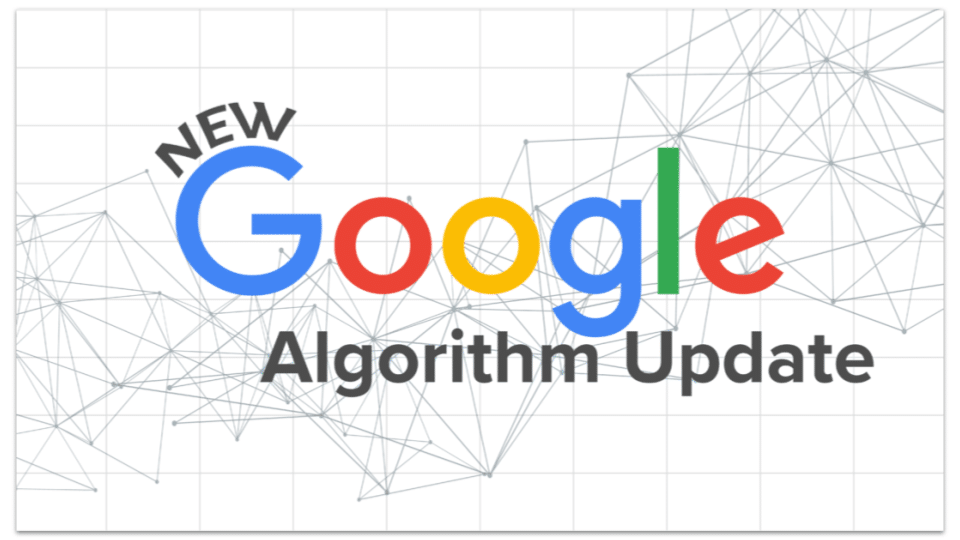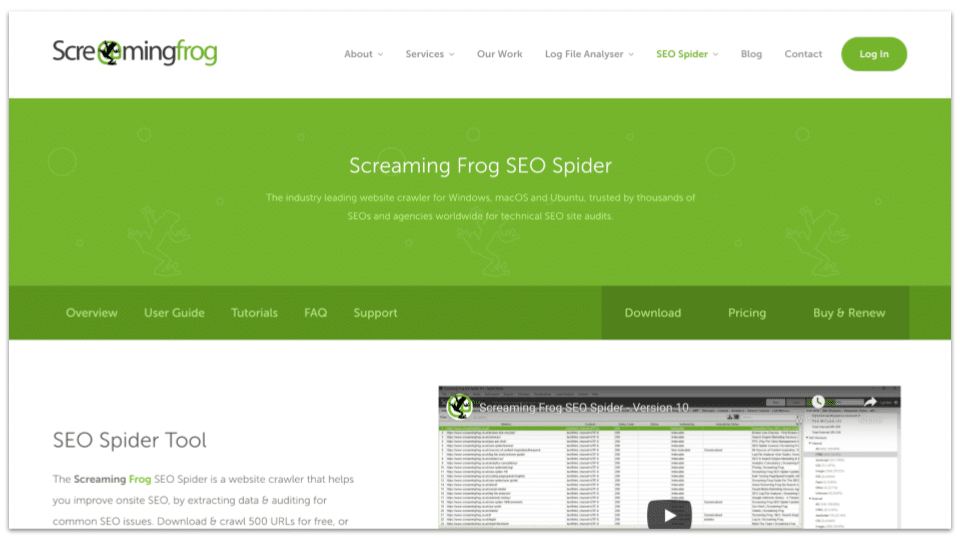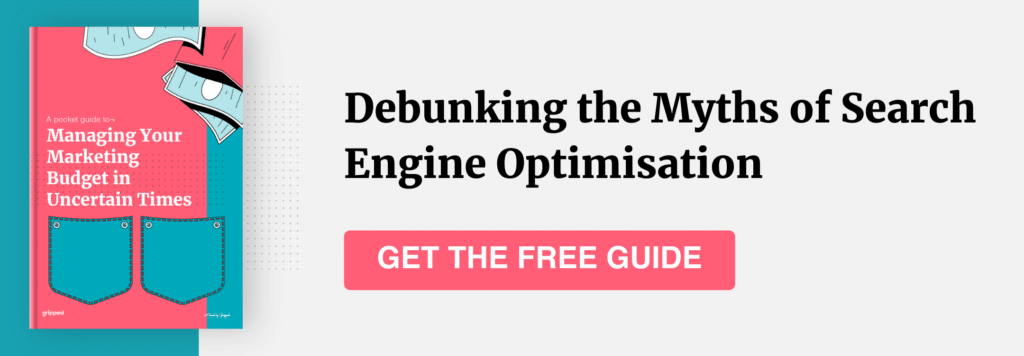Google is committed to giving you the best online experience at all times. As it is the leading search platform, it works 24/7, 365 days a year to provide you with the most accurate and the most relevant information it can find on the world wide web.
People use google for all kinds of things, such as research, education, exploration, information, communication, business, marketing and so on. To meet these numerous demands and trends that perpetually change, Google updates its algorithm and features very regularly. For example, in 2020, Google made core, drastic changes to it’s search algorithm four times throughout the year — which sounds much more impressive when you take into consideration Google’s extensive, global reach.
Google algorithms are a complex set of rules and formulas used to crawl, search, index and deliver the best possible results for a search query. Most of the times these updates are minor and go unnoticed. Although, from time to time, it rolls out major algorithm updates that impact the entire SERPs criteria as well as your B2B marketing tactics. These updates include:
- Panda
- Penguin
- Hummingbird
- Pigeon
- Fred
Introduction
Google algorithm updates are Google’s way of evolving.
It means that as time passes, people, trends, and technologies constantly change. With changing patterns such as these, comes the need for online platforms to update their system from time to time. And that’s exactly what Google does by updating its algorithm!

Google is the most used search engine at present — it’s come a long way, and it continues to evolve so that our online search experience is as seamless as possible. This is why we see so many new features as of late such as voice search and featured snippets — they are all in aid of ameliorating and streamlining our user journey. But apart from these more noticeable changes, there are thousands of other back-end updates, both minor and major, that Google continuously launches every year. While the majority of these updates do not obviously change users’ lives in a drastic way — some of these updates are very significant as they can change the entire landscape of website ranking factors.
Website ranking factors are something that every online marketer should be aware of — after all, that’s how Google ranks your website. Meeting this ranking criteria is how your online business and content will get a visible spot on the search engine result page (SERP). Failing to meet on the other hand means that Google won’t show you as a search result, even if the search is made in your area of expertise. So, no matter how good your products or services are — if you can’t keep up with Google, you won’t have any website traffic and reach your audience! Period.
Let’s take a closer look at 5 of the most important Google Algorithm updates that every marketer should be familiar with —
Panda (2011)
Google released its Panda update in February 2011 to counter low-quality content marketing strategies. By this we mean, thin, duplicate content that is over-stuffed with keywords and links that are usually used to earn higher rankings in Google SERPs, and could stay there for months. Prior to this update, low-quality content was left unchecked, and free to pollute search engines.
All of that changed with the launch of Google Panda. Although initially launched as a filter for search engine results, it took five long years to be added to Google’s core algorithm. Ever since then, it’s been doing a tremendous job of giving an internal quality score to every web page. The best part, Panda does it all just like a human would judge or rank a site — the algorithm judges according to the depth and usefulness of the content. This score is then used to rank your website accordingly.
Now, thanks to Panda, in order to optimise your website for Google Panda, you need to publish meaningful, relevant, and accurate content, in-depth.
Here’s what you can do:
- Content crawl: Use site crawlers such as Botify or Screaming Frog to uncover any thin content on your site. You can always merge or combine them to make it more comprehensive.
- Strengthen content: Rewrite and update your content to take it up a notch. Try and focus on creating accurate content in the form of questions and answers. That is how most of the searches are made these days. Learn more content marketing ideas here.
- Streamline content: Remove or replace any low-quality or useless content.
- Be strategic: Consistently create fresh and original content to attract new audiences and retain the existing ones.

Penguin (2012)
Link building is another major ranking factor for Google or any other search engine, for that matter. And that’s what the Penguin update is all about.
First released in April 2012, the Google Penguin is a set of algorithm updates that focuses on internal links and backlinks. The main purpose of this update is to make sure that your links are organic, and not irrelevant nor haphazardly shoehorned in.
Before Penguin, businesses and marketers used to employ all kinds of link-building strategies. Paid links, sponsored ads, and unnatural links were heavily used by companies to rank higher and draw more traffic. Well, all of that stopped after the launch of Google Penguin.
The penguin update has put an end to many of these old-fashioned tactics such as link schemes, keyword stuffing, over-optimization, and unnatural links that were widely used to manipulate search engines in the past. It has eliminated any kind of manipulation, aka Black-hat SEO (Search Engine Optimization), by imposing heavy penalties on sites that publish unwanted or spam links in their content.
So, the bottom line, for every marketer, is that your links should be organic!
Hummingbird (2013)
The Hummingbird algorithm was designed to make Google an even smarter search engine to give you a better search experience. Released in September 2013, it may well be the most significant algorithm update to date.
However, while Panda and Penguin were updates of an existing algorithm — Hummingbird was an entirely new algorithm. The purpose of this update was to make Google precise, fast, and intelligent enough to discover the intent of a given keyword instead of understanding it, literally or word-for-word. In other words, Google can now show results based on the intent of a particular search instead of the exact keyword.
For example, before Hummingbird, if you searched for “transport links to the VA museum”, the results would bring up the homepage for the museum. After Hummingbird, your search would bring up either the transport links page on the museum website, or another ‘directions’ site, or the like.
Earlier, it was all about getting ranked higher in SERP — now, it’s about answering the query to the best of your ability. Hummingbird has shifted the focus from keywords, to users! That’s not to say that your keyword research is out of the picture. SEO and STO (search term optimisation) still remain as top-ranking factors, especially for start-ups.
Creating conceptual content in the form of questions and answers is a great way of adjusting to the Hummingbird update.
Need help with your B2B SEO strategy? 🔍
Download this FREE Guide to find everything you need to know about Search Engine Optimisation to improve search rankings, bring in more relevant traffic and stand out from competitors.
Pigeon (2014)
Pigeon is yet another major change in Google’s algorithm — launched in July 2014, the Pigeon update is mainly to do with local searches.
The point of focus here is to improve the searches made in a specific location. That is, any query that has “near me” or “around me”, or mentions a particular location, will fall into the category of local searches. The purpose of Pigeon was to improve the search results by indexing accurate local results. By showing the best providers in the same area the search is made from, Google has eventually expedited the process of getting accurate information, and products & services instantaneously.
Furthermore, it also utilises Google Maps to produce more accurate results from your locality. Here’s what you can do to meet the Pigeon parameters —
- Work on your on-page and off-page SEO and other local ranking factors.
- Start by updating your address information such as location, landmark, town, or city across all the platforms.
- Create and design your content accordingly — make sure that it associates your business with a specific location or areas that you cover.
- Don’t forget to register with Google My Business and other search directories!
The point of it all, is that Google must know whether or not you provide your products and services in the searched location or its nearby region, so that they can direct users to your site where relevant.

Fred (2017)
Fred was launched in March 2017, after being dubbed a hot topic for many tech enthusiasts in the lead up to its confirmation. This update was made to target sites that do not follow Google’s webmaster guidelines, they create low-quality content to generate ad revenue.
Fred isn’t an actual algorithm, though — it’s not even a set of processes. “Fred” is more like a common name (born out of a joke) for any quality-related updates that cannot be identified, but have a much wider scope than other major updates like Panda or Penguin.
Now, how this update affects a site is very simple and depends mainly on two factors — affiliate links, and ad-centric content that is thin and of poor quality. Using too many ads and affiliate links in your content can put you on the bad side of Google. So, you must refrain from posting thin content and topping it with unfitting ads, calls-to-action (CTAs), and partner links.
Deploying a responsive mobile version, with no unnecessary pop-ups and bulky design, is also something every marketer should emphasise while adjusting to Fred and similar quality updates. Avoid spammy marketing tactics at all costs to earn and maintain high Google rankings, which is a must in the modern digital market to get started with your business vision in the long run.
Remember! At the end of the day, it’s all about a better user experience. Google isn’t shying away from it, neither should you.
Take-away
“Google Updates” is a perfect example of Google’s commitment, and regardless of how minor the updates may be, even a two-bit Google update can influence the entire search engine criteria for good. In most cases, it can also impact your site’s rankings as well as performance in some or other major/minor way.
So to be able to use Google to your advantage given that it keeps on improving and getting better with every update, you must keep a close eye and optimize your websites accordingly from time to time. Adopting good SEO practices is a sure and short way of ensuring that you’re meeting all the parameters of Google and its changes with every update.
Last but not the least, ‘spammy’ marketing tactics are something you should also avoid, at all costs, so as to earn and maintain high Google rankings. Higher rankings mean you have a good name in the “underworld” of Google bots and algorithms that are always learning and finding better ways to show the best relevant results to users.
Remember! At the end of the day, it’s all about a better user experience. Google isn’t shying away from it, neither should you.
Simon Mikail is one of the founders and head of operations at 405 Ads. He serves as an online marketing manager to businesses and agencies worldwide. His overall business and marketing experience has helped hundreds of business owners get their presence done right when it comes to today’s online world.

